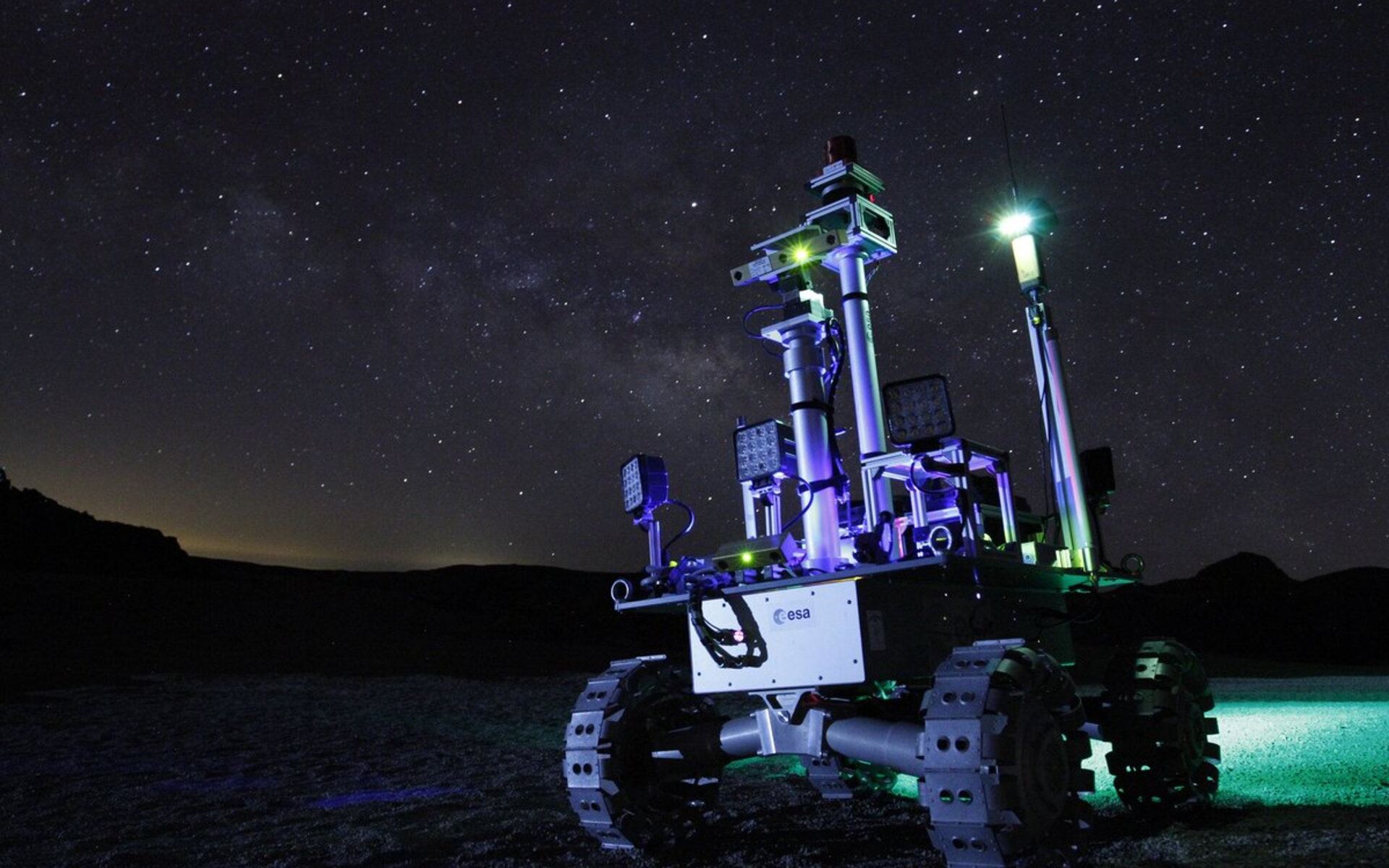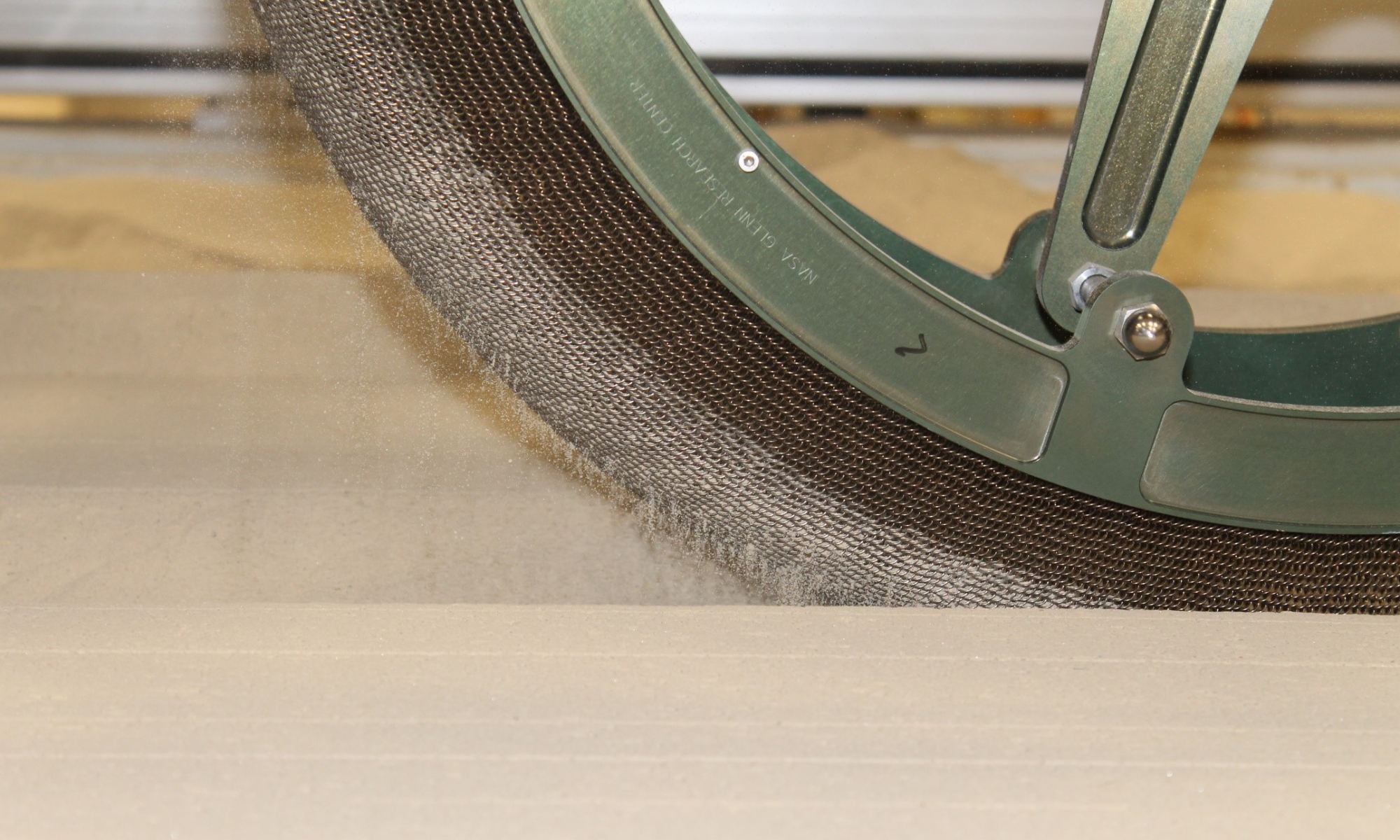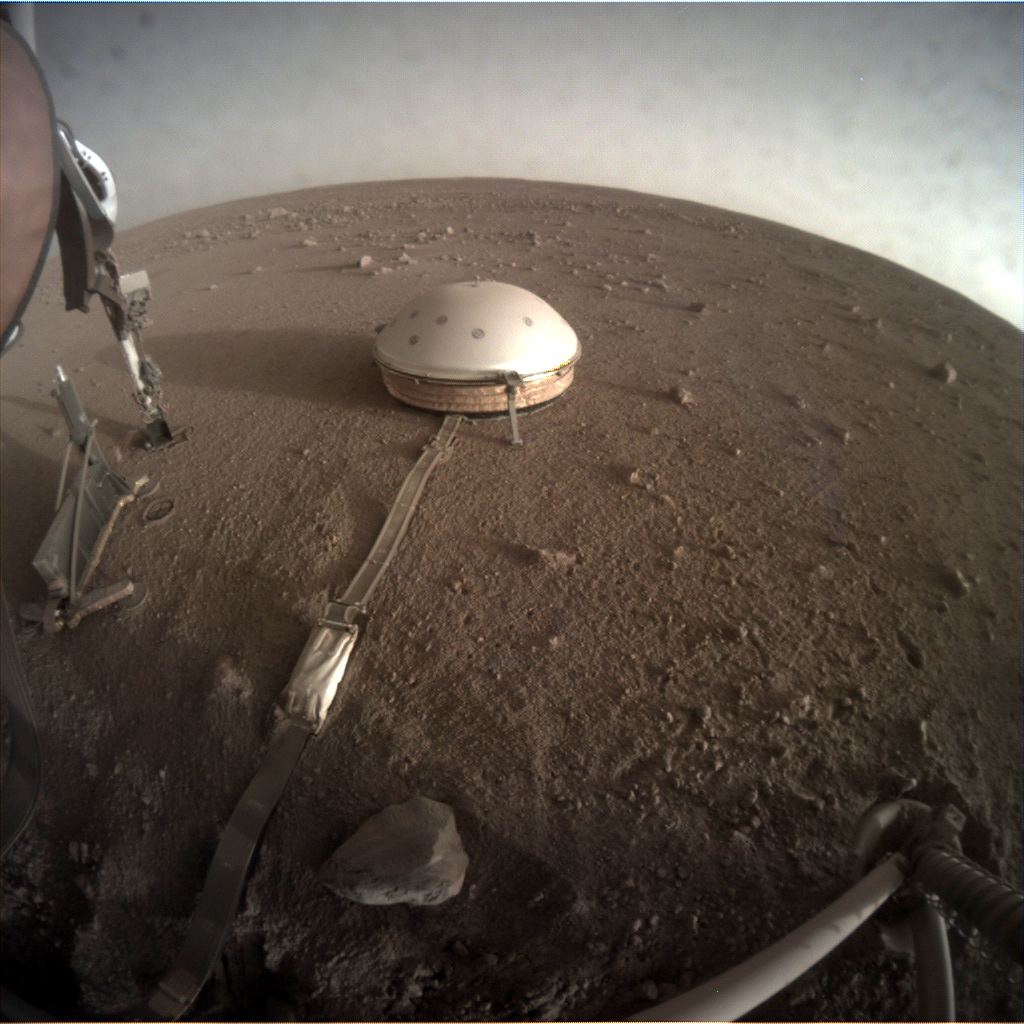The craters on the Moon’s poles are in permanent shadow. But they’re also intriguing locations, due to deposits of water ice and other materials. The ESA is developing the idea for a rover that can explore these areas with power provided by lasers.
Continue reading “This Laser Powered Rover Could Stay in the Shadows on the Moon and Continue to Explore”Even More Evidence that Europa has Geysers
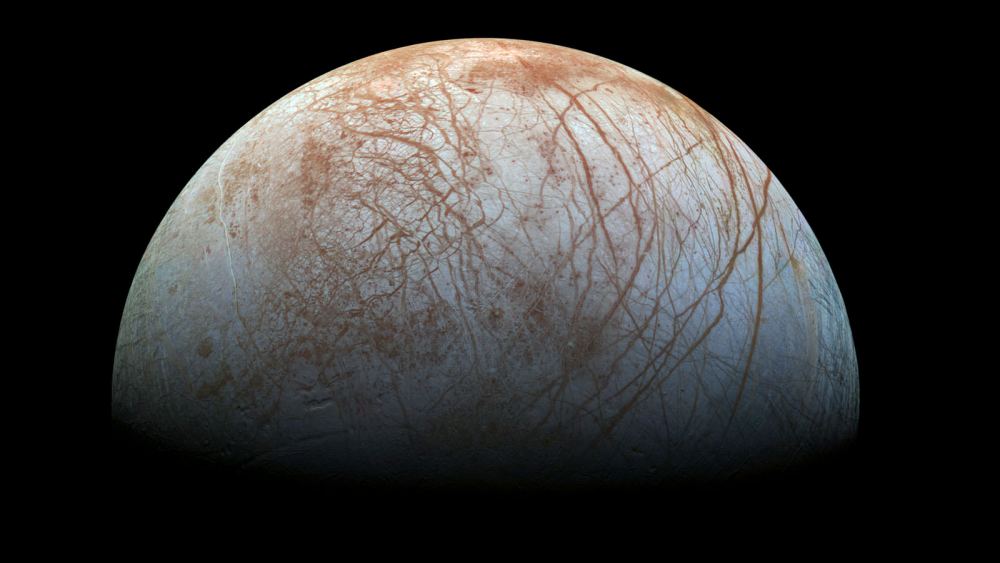
Earlier this week, we shared some stunning, newly reprocessed images of Europa from NASA’s Galileo spacecraft, which visited Jupiter and its moons from December 1995 to September 2003. Now, as scientists continue to revisit Galileo’s data, even more details are coming into focus about Jupiter’s enticing moon. Not only is there evidence within the past few years of geysers shooting from Europa’s surface, twenty years ago, Galileo may have also witnessed a cryovolcanic eruptions — or plumes of water — spewing from the icy moon.
Continue reading “Even More Evidence that Europa has Geysers”Better Tires to Drive on Mars
A future rover on Mars may include shape-shifting capabilities. This innovative tech won’t quite be like the liquid-metal polymorphing robot from “Terminator 2,” but will solve a problem that have plagued previous rovers: wheel wear and tear.
NASA’s Glenn Research Center is now using shape memory alloys (SMA) to build better wheels for driving on Mars.
Continue reading “Better Tires to Drive on Mars”Perseverance Rover is Getting Tucked Into its Launch Fairing

70 days from now, the next launch window to Mars opens. That’s when NASA will launch their Perseverance Rover. New images from NASA show the advanced rover being put into the fairing, readying it for its long journey.
Continue reading “Perseverance Rover is Getting Tucked Into its Launch Fairing”These are the Boulders OSIRIS-REx is Going to Use to Navigate Down to the Surface of Bennu
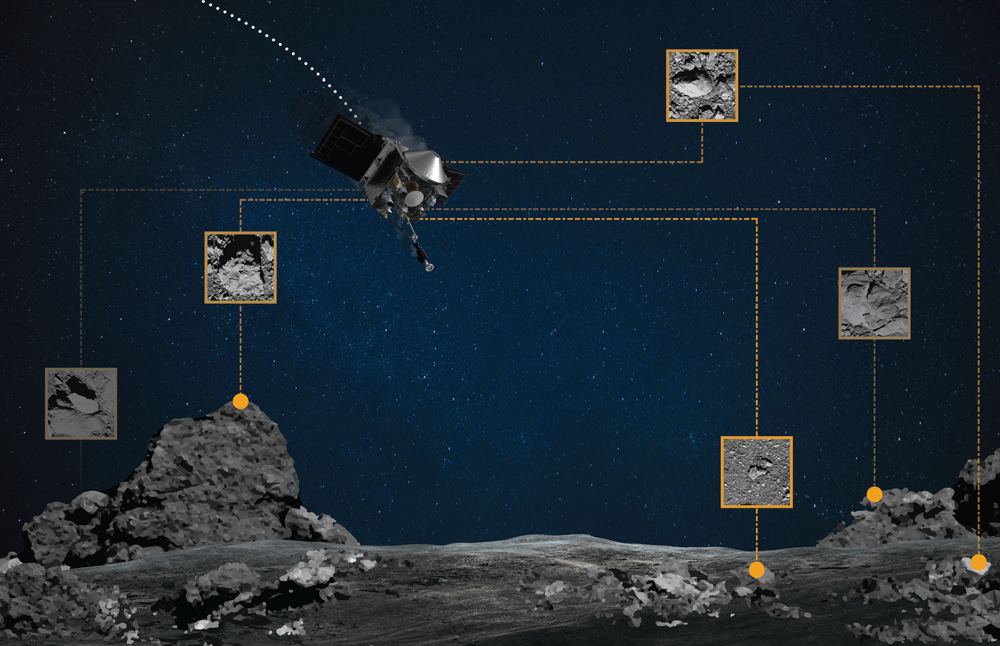
Meet OSIRIS-REx’s “Guide Boulders.”
When the NASA spacecraft first arrived at asteroid Bennu over a year ago, the surface of the asteroid was much different than expected. Instead of a surface with large, smooth areas, nearly the entire surface is covered in boulders. That meant that NASA had to do a re-think of the sampling procedure.
Continue reading “These are the Boulders OSIRIS-REx is Going to Use to Navigate Down to the Surface of Bennu”WFIRST Passes an Important Milestone, it’s Time to Begin Development and Testing
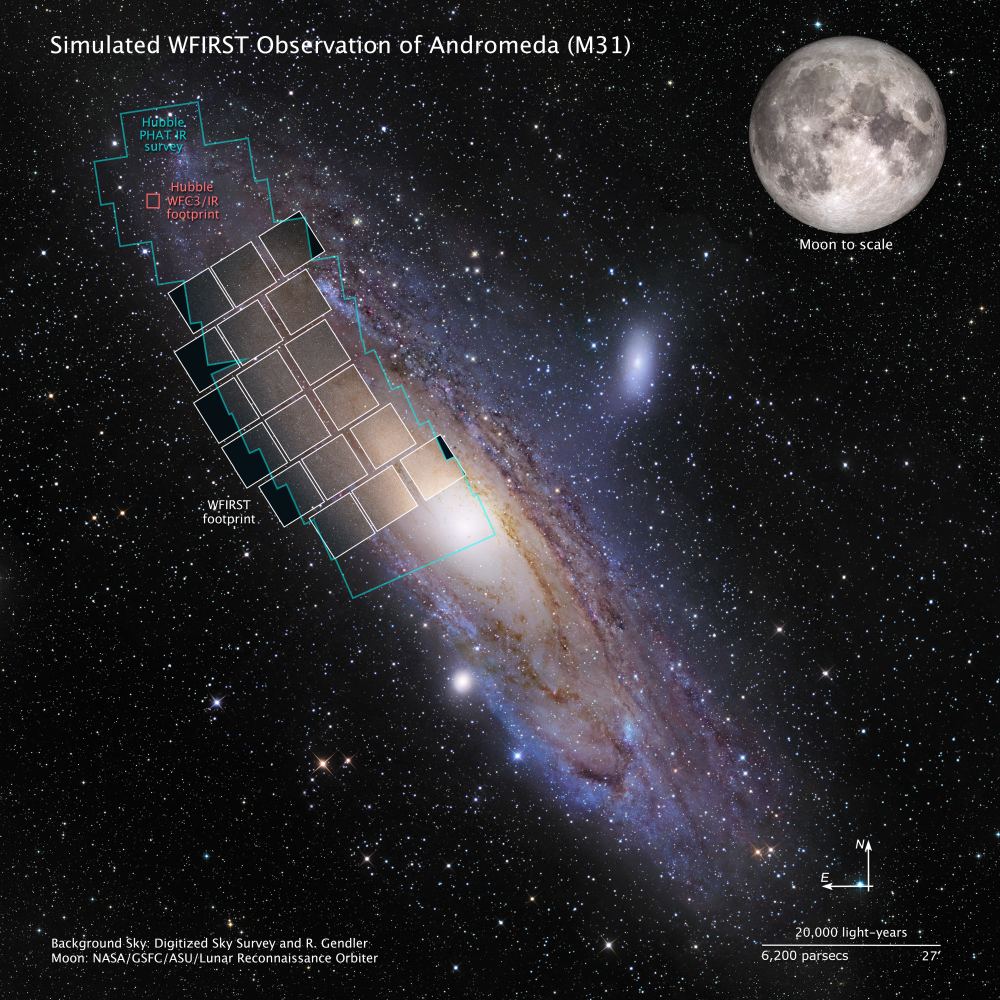
Soon, astronomers and astrophysicists will have more observing power than they know what to do with. Not only will the James Webb Space Telescope one day, sometime in the next couple years, we hope, if all goes well, and if the coronavirus doesn’t delay it again, launch and begin operations. But another powerful NASA space telescope called WFIRST has passed an important stage, and is one step closer to reality.
Continue reading “WFIRST Passes an Important Milestone, it’s Time to Begin Development and Testing”InSight has been Sensing Dust Devils Sweep Past its Landing Site
The InSight lander has been on the surface of Mars for about a year, and a half dozen papers were just published outlining some results from the mission. Though InSight’s primary mission is to gather evidence on the interior of Mars—InSight stands for Interior Exploration using Seismic Investigations, Geodesy, and Heat Transport—the lander also keeps track of Martian Meteorology. A new paper reports that InSight has found gravity waves, swirling dust devils, and a steady background rumble of infrasound.
Continue reading “InSight has been Sensing Dust Devils Sweep Past its Landing Site”Here are the First Pictures from CHEOPS

The CHEOPS spacecraft is taking the first tentative steps in its mission. Back on January 29th, the spacecraft opened the cover on its lens. Now, we have the first images from CHEOPS.
Continue reading “Here are the First Pictures from CHEOPS”Record-Setting Space Travelers Return to Earth
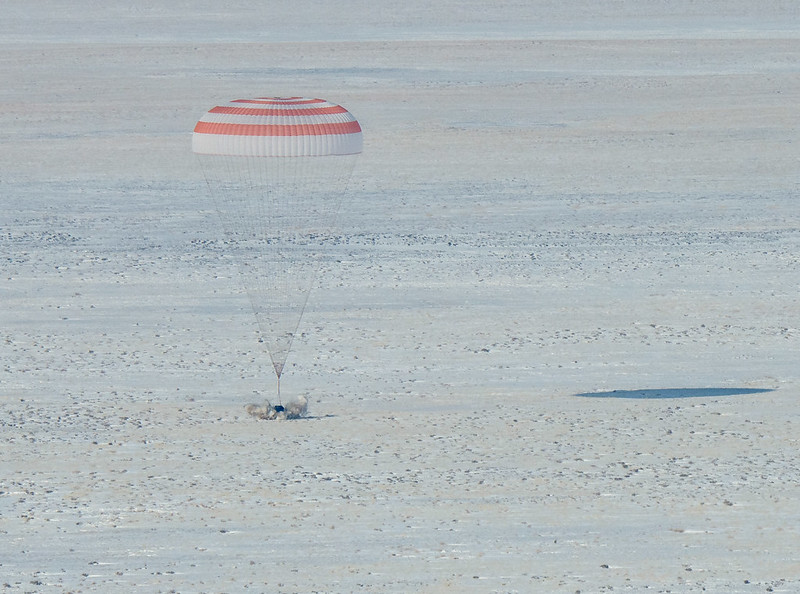
A trio of space travelers returned to Earth this morning from the International Space Station, including NASA astronaut Christina Koch, who set a record for the longest single spaceflight by a woman, at 326 straight days. Also coming home was ESA astronaut Luca Parmitano, who has now spent a total of 367 days in space (in two missions), more days than any ESA astronaut in history.
The crew of Expedition 61 also included Russian cosmonaut and Soyuz Commander Alexander Skvortsov, who completed his third mission for a total of 546 days in space, placing him 15th on the all-time time-in-space list.
Continue reading “Record-Setting Space Travelers Return to Earth”Good-bye Spitzer. We’ll Miss You But We Won’t Forget You.
NASA’s Spitzer Space Telescope has reached the end of its life. Its mission was to study objects in the infrared, and it excelled at that since it was launched in 2003. But every mission has an end, and on January 30th 2020, Spitzer shut down.
Continue reading “Good-bye Spitzer. We’ll Miss You But We Won’t Forget You.”
